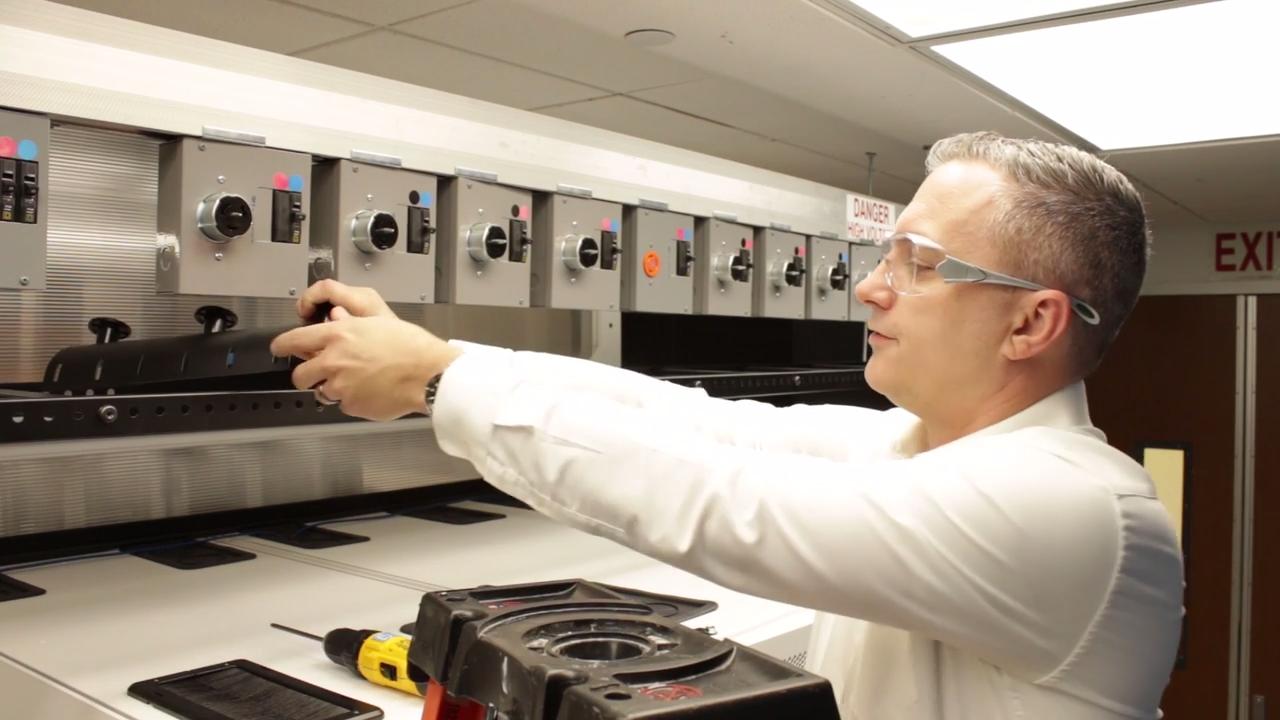The next generation of cellular wireless, 5G, will deliver considerably faster network speeds. Average speeds are expected to reach between 500 Megabits per second (Mbps) to 1 Gigabit per second (Gbps) with 10 millisecond (ms) latency. Because this allows devices to respond more quickly, breakthrough technologies such as autonomous vehicles, real-time data processing and analysis, virtual reality and machine-to-machine connections will put new demands on the telecommunications industry. Infrastructure upgrades may be required to meet these new demands.
Denser Networks and DAS
5G requires a denser network of small cells to support the promised high speeds and low latency. Because most cellular wireless use originates indoors, neutral host indoor small cells or an upgraded distributed antenna system (DAS) will be a critical component of high quality of service for users.
Traditionally, one of the challenges to deploying small cells or DAS is the high expense of multiple systems to connect multiple carriers. Neutral host small cell or DAS provide the solution, allowing multiple carriers to share the expense of network densification and deliver a stronger cellular wireless signal into the interior of buildings. Building owners may also benefit by providing points to deploy outdoor small cells, especially in dense urban areas where access to utility poles or street furniture may be limited.
Small cells deploy similarly to a Wi-Fi system connecting to a PoE switch that has access to the site's broadband connection. DAS may be active or passive depending on site conditions.
Active DAS systems require power and amplify the signal with the building. Components include a base station or donor antenna/amplifier, repeater nodes/remote units and indoor antennas. There may be one or several entry points for connections to exterior donor antennas and this must include lighting protection. Repeater nodes/remote units are located in equipment rooms. The locations of indoor antennas must be carefully determined by a site survey and testing. A mix of fiber and coax cabling connects the system. It may be possible to use existing fiber structured cabling, but DAS is generally a separate network overlay.
How to Support 5G: Advancements in Cable Management
Fundamental best practices still apply, but in order to allow additional airflow and control potential the buildup of heat where cable concentrates in pathways, the use of smaller cable bundles with more spacing between bundles is suggested. If loose fill is preferred, controlling heat buildup will still be a concern.
There are several advancements in cable management that can help:
Cable Runway
Cable runway, or ladder rack, is now available with movable cross members and tool-less pathway dividers. This lets you:
- Adjust the position of a cross member if it interferes with the transition of cables between the vertical manager and overhead pathway
- Place radius drops exactly where they need to be to path cable into the vertical manager
- Maintain space between cable bundles within the pathway
Vertical Cable Managers
Enhanced vertical cable managers that include internal supports help to:
- Space cable bundles and improve airflow around cables
- Improve troubleshooting by neatly organizing each bundle
- Provide additional space within cable managers to allow more space around cables (high-density cable managers)
Find out more about how 5G will impact your network and learn about cable management solutions that can help you prepare. Download a complimentary white paper and watch the video below.

Brittany Mangan, Digital Content Specialist